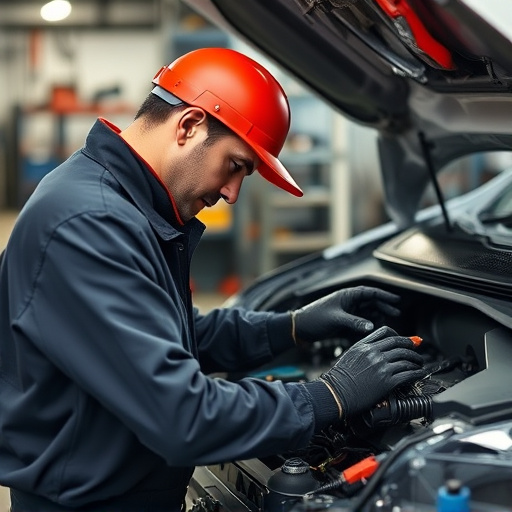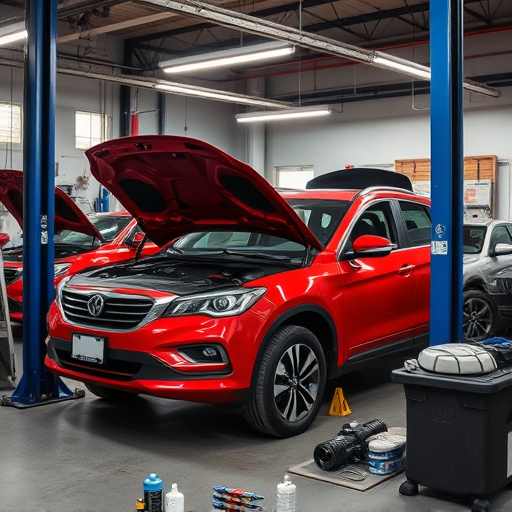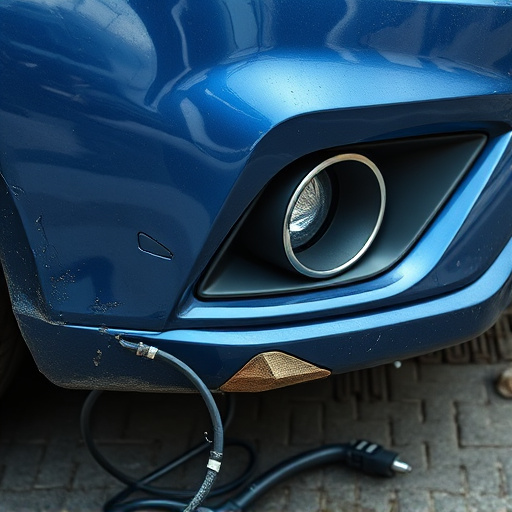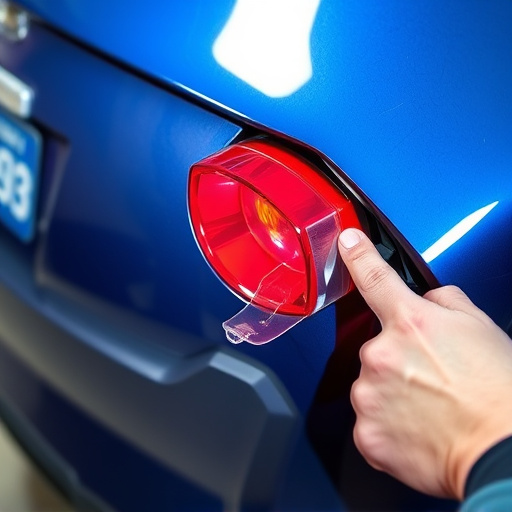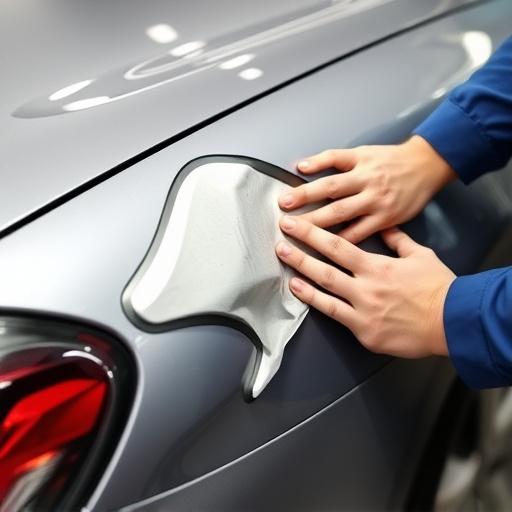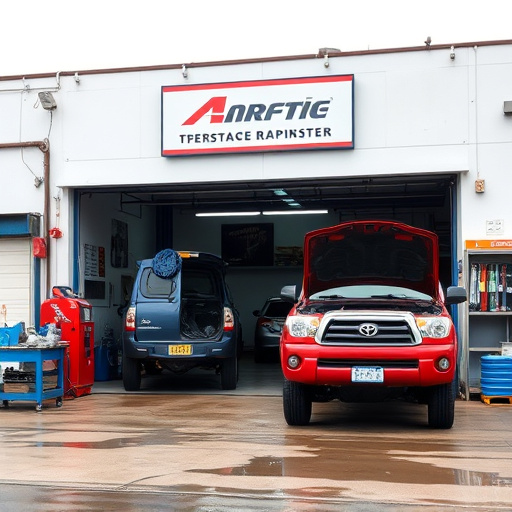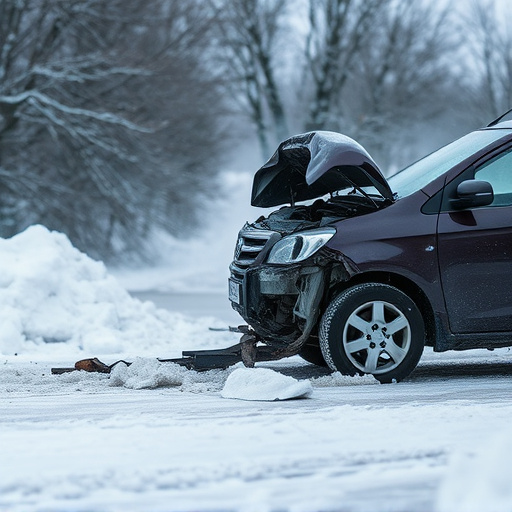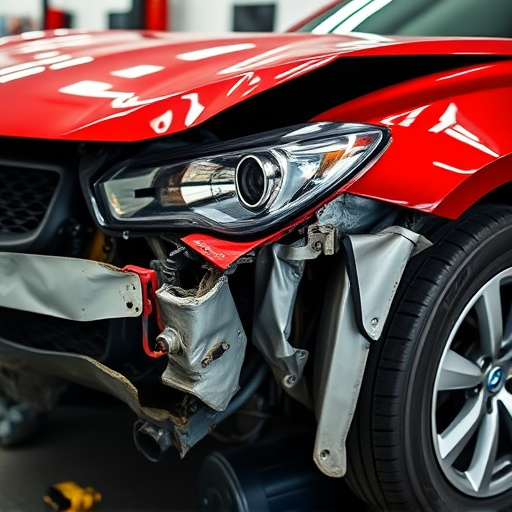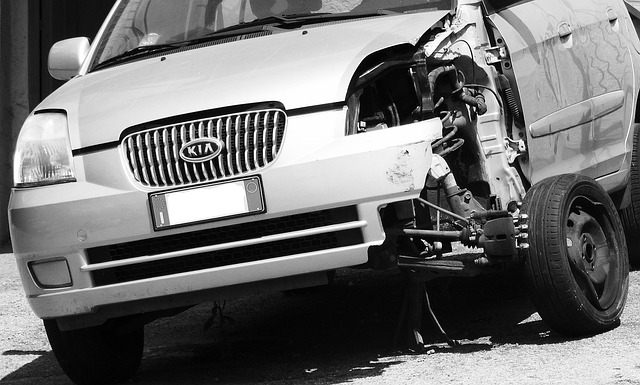Optimize your Tesla dashcam by configuring settings for resolution, quality, and storage via the touchscreen menu. Update firmware regularly, manage storage space, and use secure cloud storage for long-term data preservation. Avoid common issues like improper video settings, ensure compatibility with older models, and leverage motion detection to enhance efficiency.
“Unleash the full potential of your Tesla’s built-in dashcam with our comprehensive guide to configuration and file corruption prevention. Learn how to navigate the intricate settings, ensuring optimal video quality and reliable storage. We’ll walk you through best practices, common issues, and effective troubleshooting techniques, empowering you to safeguard your driving memories. Maximize your Tesla dashcam experience by understanding its configuration options.”
- Understanding Tesla Dashcam Settings
- Preventing File Corruption: Best Practices
- Troubleshooting Common Configuration Issues
Understanding Tesla Dashcam Settings
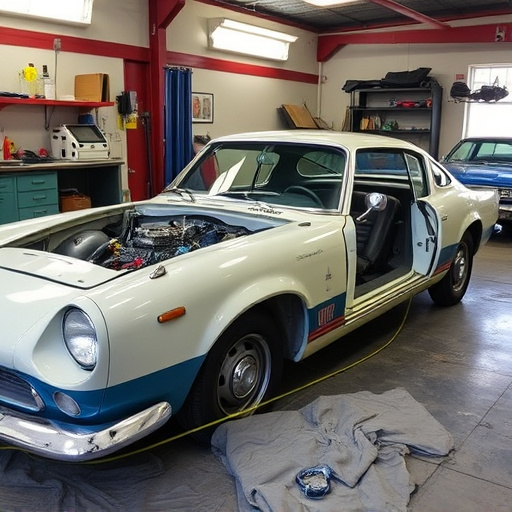
In understanding Tesla dashcam configuration, it’s essential to navigate through the vehicle’s settings menu. This often involves selecting “Camera” or “Dashcam” options within the central touchscreen interface. Here, users can adjust various parameters such as recording resolution, video quality, and storage management. Proper configuration ensures that the dashcam captures high-quality footage for both personal and professional use cases, like fleet repair services or auto body shop operations.
For optimal performance, Tesla owners should familiarize themselves with settings that prevent file corruption. This includes enabling automatic power control to adapt to varying light conditions without disrupting video quality. Additionally, integrating cloud storage solutions can safeguard recorded videos from potential loss due to hardware failures, ensuring that any needed fender repair or auto body work is supported by comprehensive visual evidence.
Preventing File Corruption: Best Practices

To prevent file corruption on your Tesla dashcam, follow these best practices as part of your Tesla dashcam configuration. Regularly update the firmware of your dashcam to ensure it runs on the latest software, which often includes bug fixes and security patches that can protect against data loss. Additionally, keep an eye on storage space usage and delete or archive unnecessary files to avoid reaching the maximum capacity, as this can lead to overwriting of older footage.
Using external storage devices, like SD cards, is a smart strategy for backup. Store these in a secure location away from extreme temperatures and direct sunlight. For long-term preservation, consider using cloud storage services designed for automotive data, ensuring your Tesla dashcam files are safe and easily retrievable should you need them for auto repair or automotive restoration purposes. Choose reliable brands and keep passwords secure to protect your digital records.
Troubleshooting Common Configuration Issues

When configuring Tesla’s dashcam system, users often encounter common issues that can be addressed with a systematic approach. One frequent problem is improper settings for video recording, leading to corrupted files or suboptimal storage utilization. It’s essential to double-check the resolution and frame rate settings to ensure they align with your preferences and vehicle compatibility. For instance, using too high a resolution on older vehicles might result in rapid memory fill-up.
Additionally, keeping tire services and collision center visits in mind, maintaining regular updates for firmware can prevent unexpected configuration mishaps. Outdated software may cause dashcam malfunctions or data loss. Regular checks and updates ensure your Tesla’s camera system functions optimally, enhancing safety features like autonomous driving assistance. Even minor adjustments to settings, such as enabling motion detection or adjusting recording schedules, can significantly improve the overall efficiency of your vehicle’s onboard camera system.
Tesla’s dashcam system, with its advanced settings and data recording capabilities, is a valuable tool for drivers. By understanding the various configurations and implementing best practices for file corruption prevention, owners can ensure they have reliable evidence in case of accidents or need to verify their vehicle’s performance. Regularly reviewing and updating your Tesla dashcam configuration settings is essential to maximize its potential as a safety feature and data recorder.


